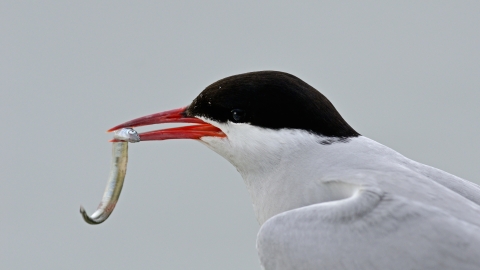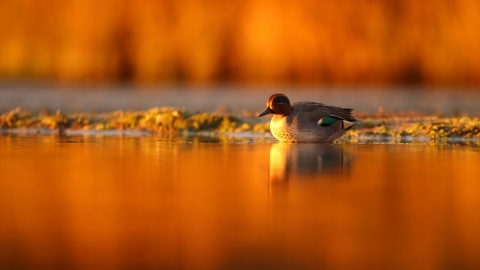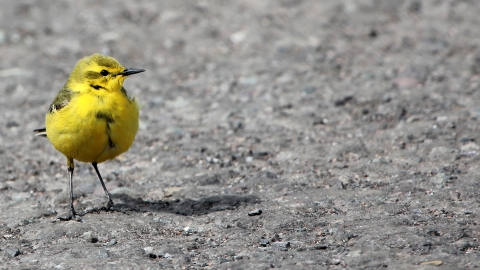
David Tipling

Luke Massey

Jim Higham
Seaforth Nature Reserve
Location
Know before you go
Dogs
When to visit
Opening times
Open at all times.Best time to visit
Year-roundAbout the reserve
Nestled in the heart of the Liverpool Docks at the mouth of the Mersey, Seaforth, with its industrial charm, is an important part of the Mersey narrows special protection area and a major roosting site for a spectacular variety of waders, seabirds, ducks and small birds. From spring through to winter, life moves at a frenetic pace, and there is always something to see.
Spring is prime-time for spotting migrating little gulls en-route to their breeding grounds in Finland. Black-headed, common, herring, lesser black-backed and great black-backed gulls fill the air with bickering chatter, and are occasionally joined by something rarer: Ross’s and Bonaparte’s gulls have previously been spotted by eagle-eyed visitors.
Spring and summer bring the stunning spectacle of swifts feeding over the freshwater pool, and most years, osprey pass over on their epic migration. Early summer brings up to 1 per cent of the UK population of common tern, and you may even be lucky enough to see small numbers of sandwich, roseate and little terns.
Winter at Seaforth is a bird lover's dream; the lagoons and reedbeed host good numbers of teal, pochard, tufted duck, goldeneye and the incredibly rare scaup. Waders also abound– redshank, oystercatcher, ringed plover, dunlin and curlew are just a few of the 38 wader species recorded at this incredibly special nature reserve, living alongside white wagtails, yellow wagtails, meadow pipits and whinchats.
Habitat
Contact us
Environmental designation
Seaforth Nature Reserve map

Request a Seaforth day pass
If you'd like to visit the reserve, please fill in the form below to request a day pass and a member of our team will get back to you.
Emails aren't monitored in the evening or on weekends. If possible, please provide one week's notice for your pass.
